In the realm of environmental conservation and spatial analysis, understanding the intricate distribution of forest types is paramount. Through the innovative use of category maps, we embark on a journey of exploration and analysis, uncovering invaluable insights into the rich tapestry of vegetation patterns. Join us as we navigate through MAPOG’s map analysis platform, leveraging the powerful Category Style feature to dissect and comprehend forest type data comprehensively.
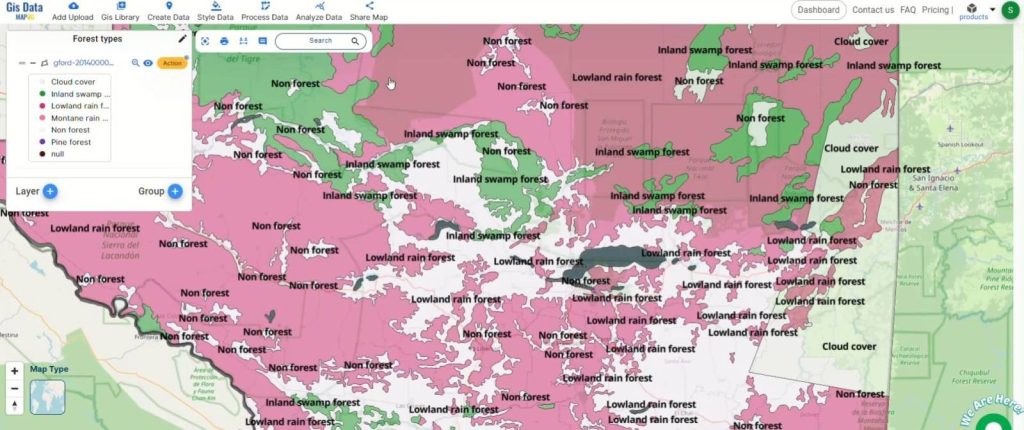
Key concept for Mapping Forest
In the context of forest type mapping using Category Style, key concepts such as Category maps, the Category Style feature within MAPOG‘s platform, data analysis, layer styling, user-friendly mapping options, data organization, knowledge sharing, and support for further exploration emerge as crucial. These concepts collectively contribute to a comprehensive understanding of spatial forest distribution, facilitating informed decision-making and collaborative conservation efforts. Moreover, MAPOG extends its utility beyond forest mapping to diverse domains like urban planning, agriculture, and environmental monitoring, offering versatile solutions for spatial data analysis across various sectors.
Mapping Forest Types Using Category Style
Step-by-Step Process:
Step 1:
Navigate to the analysis tool by selecting “Add Upload” in MAPOG. Choose “Upload Vector File” to input your data for analysis.
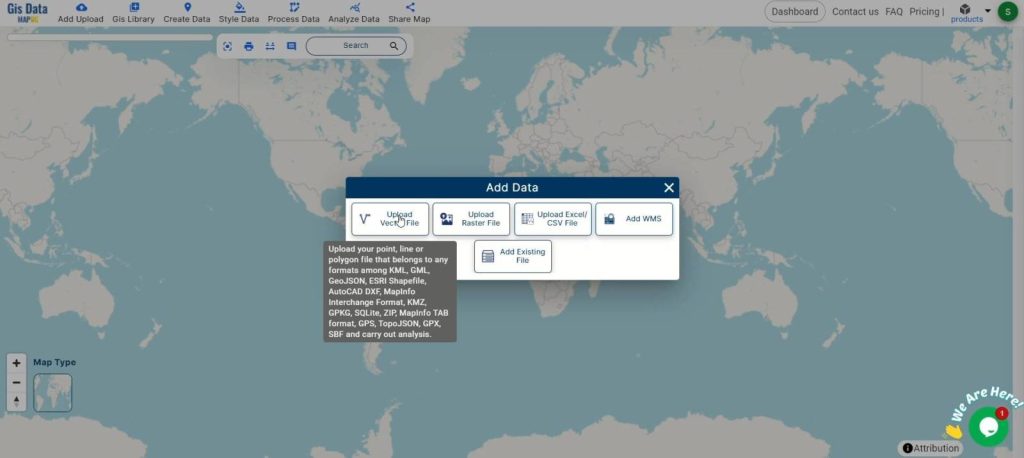
Step 2:
Open the layer style by clicking on the action menu of the layer. Then, select “Edit Style” and choose “Category Style” to create the map.
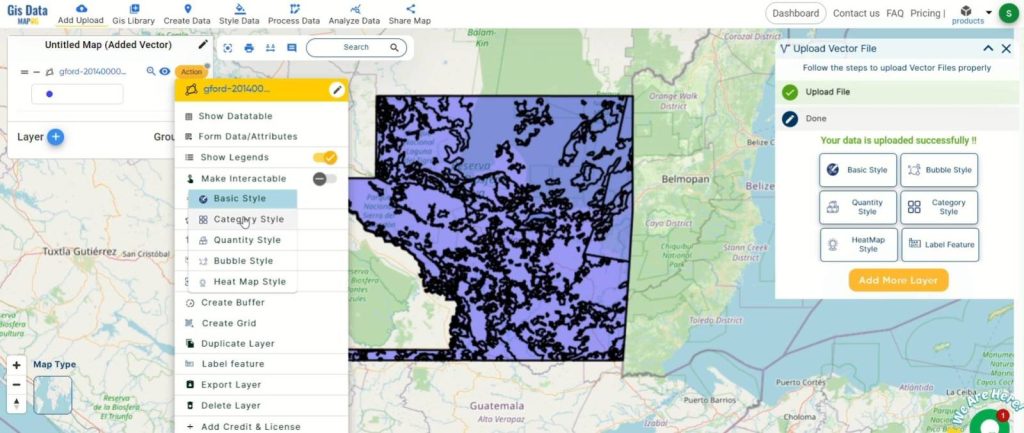
Step 3:
Select the attribute for visualization and customize the category style settings according to your preferences.
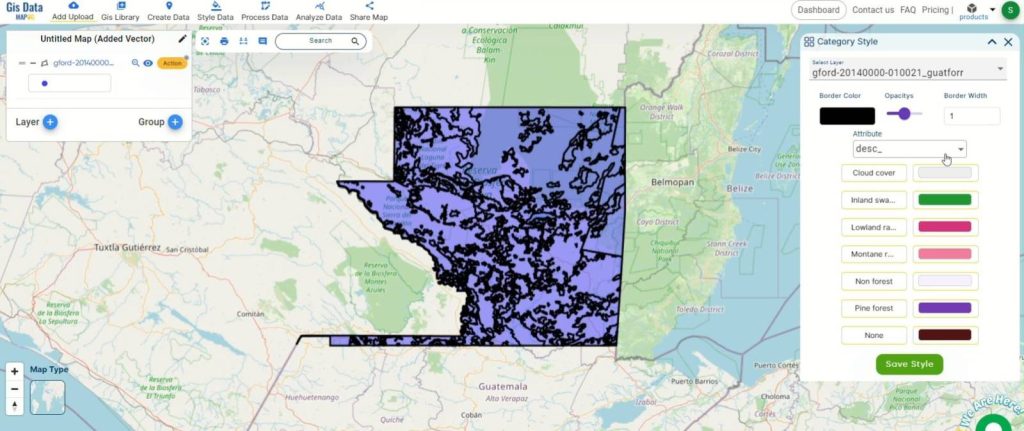
Step 4:
Enhance the map’s usability by labeling points with the “Label Feature” option in the layer’s action menu.
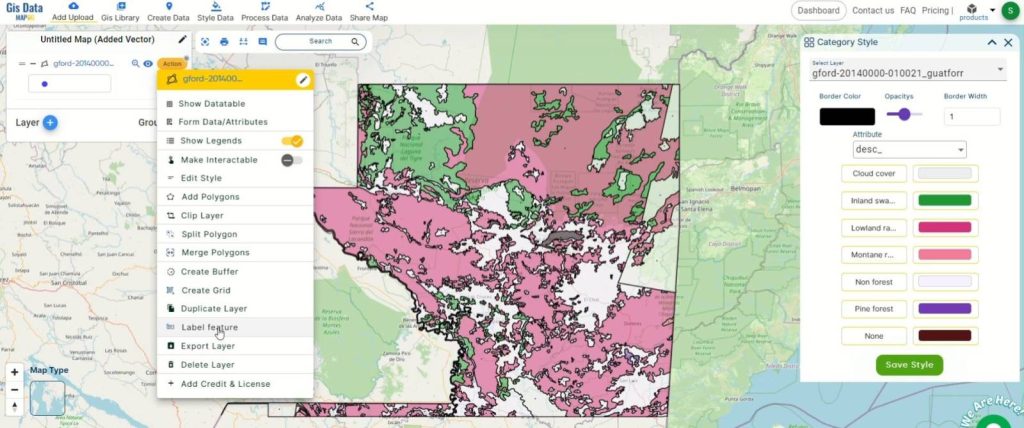
Step 5:
Optionally, rename the map by clicking on the pencil icon and selecting “Save Map” to apply changes and keep your data organized.
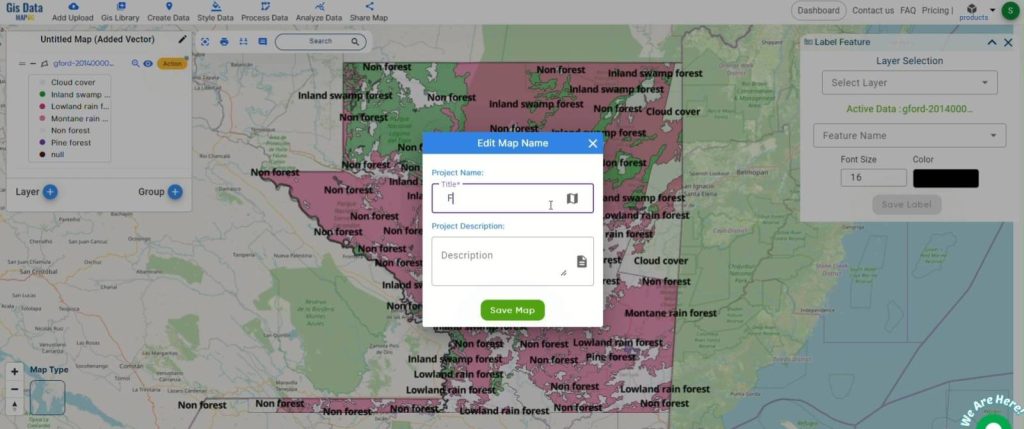
Major Findings:
Through the meticulous process of mapping forest types using Category Style within MAPOG‘s platform, several significant findings have emerged. The spatial distribution of forest types reveals distinct patterns, highlighting areas of dense forest cover as well as regions with sparse vegetation. Additionally, the analysis uncovers pockets of biodiversity-rich ecosystems, indicating areas of ecological significance that warrant conservation attention. Furthermore, the identification of forest fragmentation and connectivity patterns provides valuable insights into landscape connectivity and habitat viability for wildlife. Overall, these findings serve as crucial inputs for informed decision-making in forest management and conservation planning efforts.
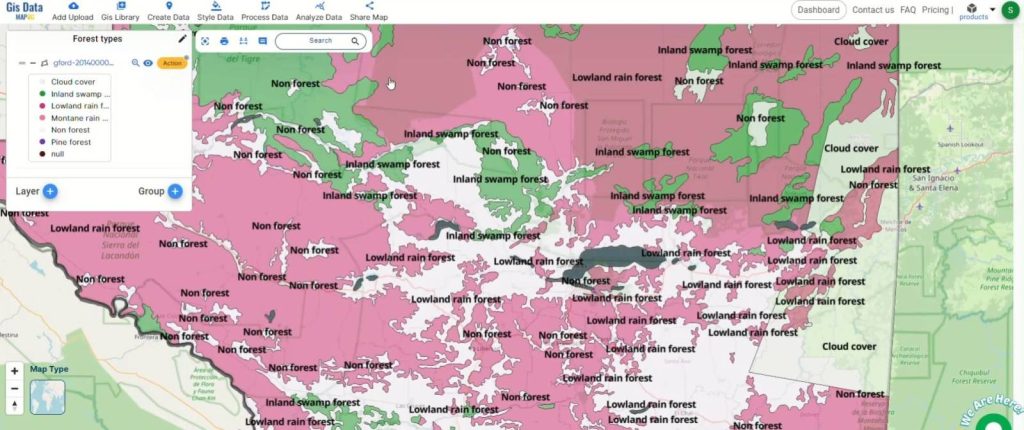
Domains and Industries Benefiting
- Forestry and environmental management
- Urban planning and infrastructure development
- Agriculture and natural resource management
- Academia and research institutions
Conclusion
In conclusion, the utilization of Category Style for mapping forest types within MAPOG‘s platform offers a robust framework for understanding and managing forest ecosystems. By leveraging advanced spatial analysis tools, users can unlock invaluable insights into forest distribution patterns, biodiversity hotspots, and landscape connectivity. These findings not only inform strategic decision-making in forest conservation and land management but also benefit diverse industries such as urban planning, agriculture, and academia. Moving forward, continued advancements in spatial analysis technologies hold promise for enhancing our understanding of forest ecosystems and fostering sustainable practices for the benefit of present and future generations.
Other Articles
- Create a Map to find suitable sites for constructing a new house
- Create Map for Analyzing Water Quality using Heat Map Style
- Create Map – School Map Area Coverage Through Buffer Analysis
- Mapping Safety Create GIS Map : Game-Changing Approach to Hospital Risk Analysis
- Create Map for Real Estate Developer for Best Site Selection
- Create Map for Landfill Optimization: Spatial Analysis Approach